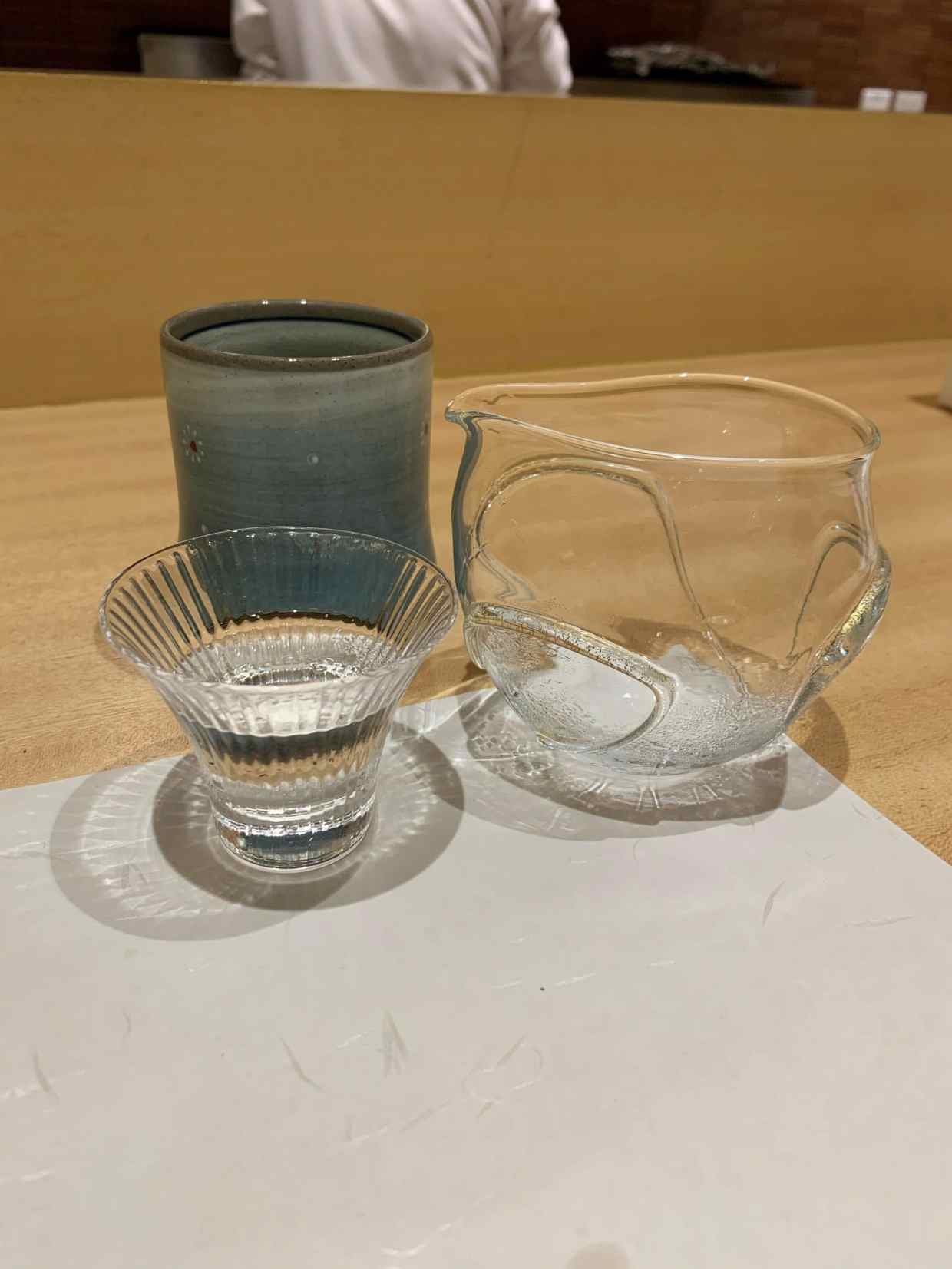
Know the Differences Between Sake, Shochu & Soju.
Japan’s premium liquors are getting more and more known around the world. While sake has the most fame, there is also the country’s beloved shochu. And how does that compare to Korea’s soju? Learn the brief history, differences, and characteristics of sake versus shochu versus soju.
Sake versus Shochu versus Soju
Key Differences
To simplify the comparison, sake and shochu’s differences come from the way each is produced, their ingredients, the alcohol percentages, and the overall taste.
Sake
Sake, locally known as nihonshu, is not rice wine. If you must compare it to anything, sake is more like beer because of its brewing process.
The alcohol dates as far back as 500 BC in China with its first written documentation in 700 AD in Japan. It is made by steeping rice, then brewing it like beer, and fermenting with yeast. Then there is a second fermentation with local koji mold.
The result is about 11-15% ABV with a finish that ranges from sweet to dry, filtered to unfiltered, and even carbonated. The quality of sake is related to the level of the rice grain’s polishing before brewing. The more polished, the cleaner and more elegant in flavor.
Sake is sipped straight, either cold, room temperature, or hot. The taste can be rich or light, nutty or fruit. Typically in Japan, it is served as a palate cleanser between courses or on its own. It is important to note that sake must be enjoyed within a year of its release date and not aged.
Shochu
Shochu is a distilled liquor, much like vodka. It is made from sweet potato, barley, rice, buckwheat, or even chestnuts. Compared to sake, shochu’s ABV is typically around 25% but it can go as high as 42% ABV.
While sake is known around the world, it is shochu that is more enjoyed among locals in Japan for its versatility as a spirit. You can have it on the rocks, served with cold water or hot water, or even with green tea or fresh juice. Many bars will use shochu as a substitute spirit in classic cocktails.
While sake must be consumed within a year, shochu is aged in steel tanks or oak barrels to further develop its flavors and complexities resulting in a dry, stronger alcoholic finish.
Soju
Soju sounds like shochu for a reason. Both translate to “burned alcohol” referring to the distillation process. And it was actually the Korean soju that came first.
Originating in Korea, soju is a technique developed in the 13th century by Yuan Mongols who learned about distilling arak from Persians. It wasn’t until the 16th century that the Japanese created their version of soju, or shochu.
Soju was originally made with rice, but distilling rice was banned during the Korean War. It then diversified to use grains and starches like wheat, sweet potato, and tapioca. A typical soju is about 20-30% ABV resulting in a lighter, low-alcohol, and almost sweet character in flavor.
The love for sake, shochu, and soju are personal and regional. Outside of Japan, the appreciation for sake continues to grow. Within Japan, shochu is most appreciated. And around the world, most drinkers certainly know about soju.
Buy your Official JR Pass and Regional Pass!
Stay connected in Japan with Pocket Wifi!
Arrive in style and convenience with Meet & Greet service!
Sign up for my newsletter on the sidebar for blog updates and my travel insider tips! And, check out my vlogs on YouTube!



